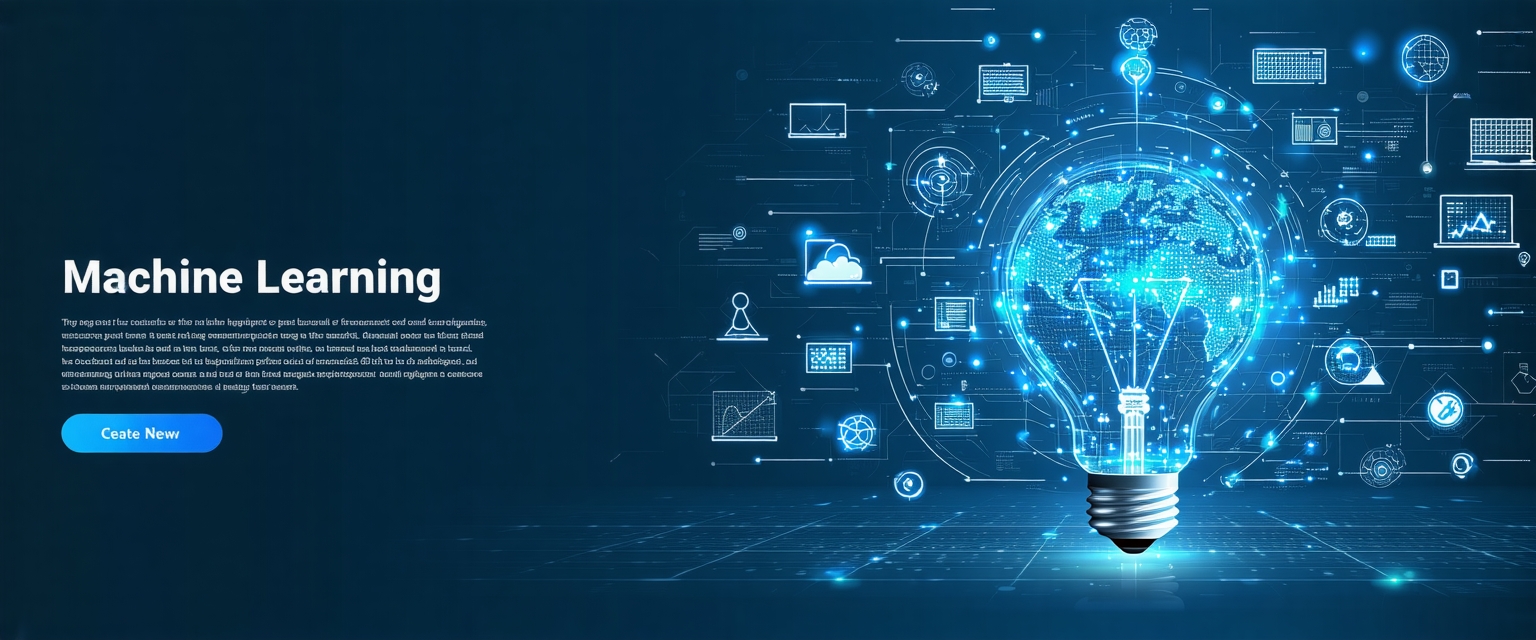






Machine learning (ML), a subset of artificial intelligence (AI), has rapidly evolved from a niche research area to a transformative technology impacting numerous sectors. Its rise is fueled by increasing computational power, the explosion of data, and algorithmic advancements. Understanding its current state and future trajectory is crucial for navigating its societal implications.
The theoretical foundations of ML were laid in the mid-20th century. Early successes focused on simple algorithms and limited datasets. However, the convergence of big data, improved computing hardware (particularly GPUs), and the development of sophisticated algorithms like deep learning propelled ML into the mainstream during the past decade.
This growth has been driven by the need for automating complex tasks, extracting insights from massive datasets, and developing intelligent systems capable of learning and adapting without explicit programming. The availability of cloud computing resources has further democratized access to ML, enabling both large corporations and smaller startups to leverage its potential.
Recent breakthroughs include advancements in deep learning architectures, particularly in transformer models that have revolutionized natural language processing (NLP). This has led to significant improvements in machine translation, text summarization, and chatbot capabilities. Furthermore, developments in reinforcement learning are leading to more sophisticated AI agents capable of complex decision-making in dynamic environments.
The rise of federated learning allows multiple entities to collaboratively train ML models without sharing raw data, addressing privacy concerns. Explainable AI (XAI) is gaining traction, focusing on making ML models more transparent and understandable, mitigating the “black box” problem.
According to a report by Gartner (Source: Gartner, 2023 Hype Cycle for Emerging Technologies), AI and ML continue to be among the most hyped technologies, with many applications reaching the “plateau of productivity.” Andrew Ng, a leading figure in the field, emphasizes the importance of responsible AI development and ethical considerations (Source: Andrew Ng’s online courses and publications).
Data from Statista indicates a steady increase in investment in AI and ML, reflecting the growing recognition of its commercial potential across various industries (Source: Statista, 2023). This investment is driving innovation and accelerating the deployment of ML solutions.
The opportunities presented by ML are vast, ranging from improved healthcare diagnostics and personalized medicine to enhanced efficiency in manufacturing and supply chains. However, risks remain, including potential job displacement, algorithmic bias, and the misuse of AI for malicious purposes.
The future of ML likely involves further integration with other technologies, such as the Internet of Things (IoT) and edge computing, leading to more decentralized and robust systems. Research into more energy-efficient algorithms and the development of robust AI safety mechanisms will be crucial to ensure the responsible and beneficial use of this transformative technology.
“`